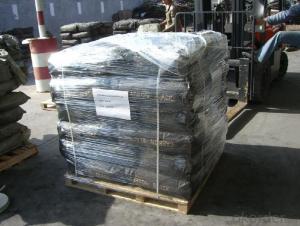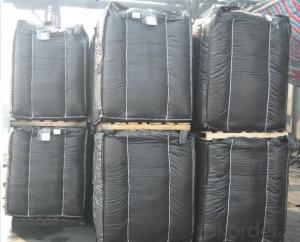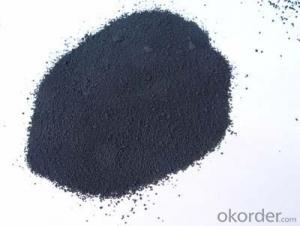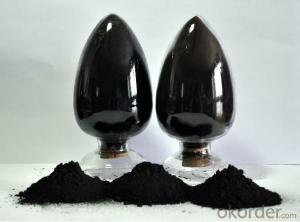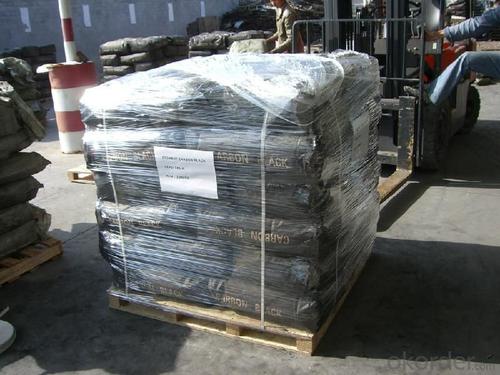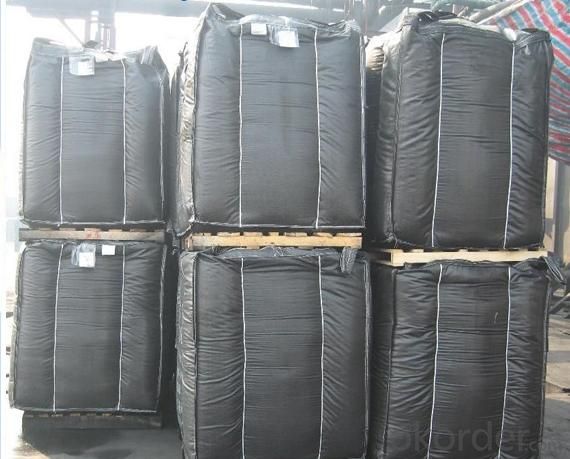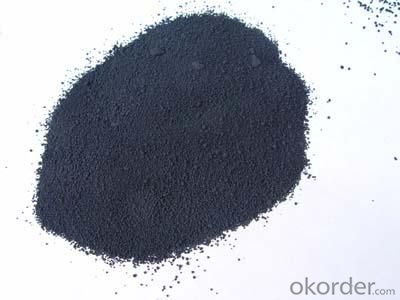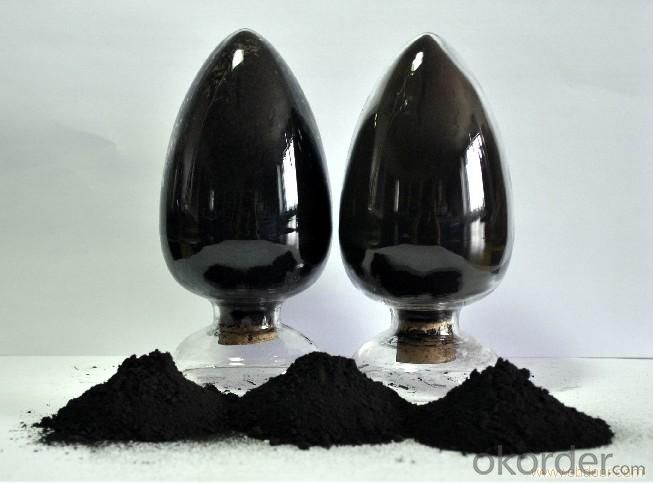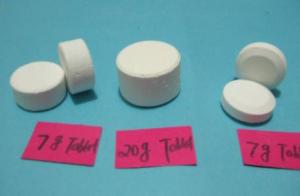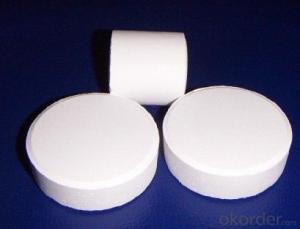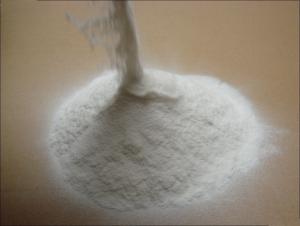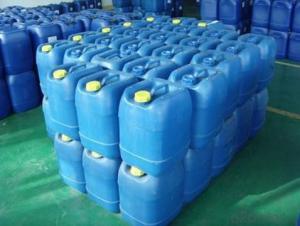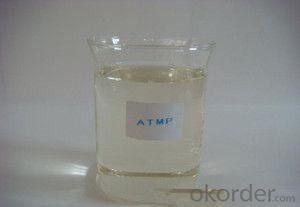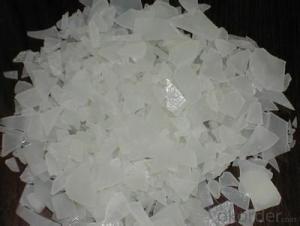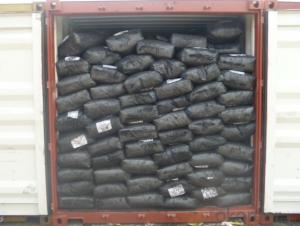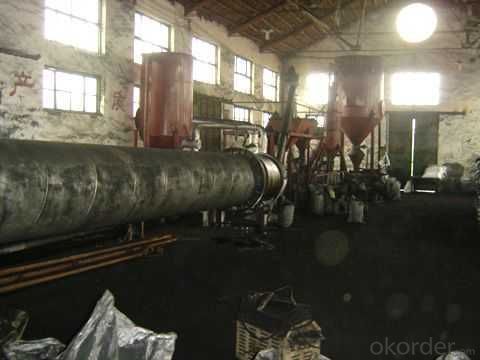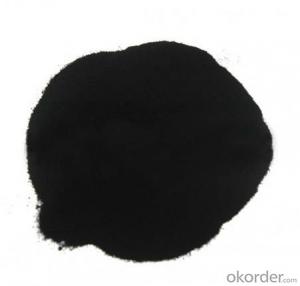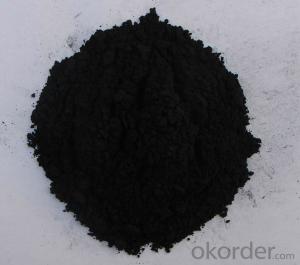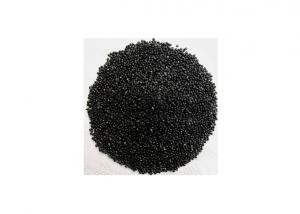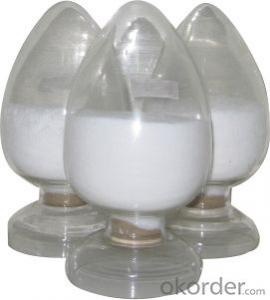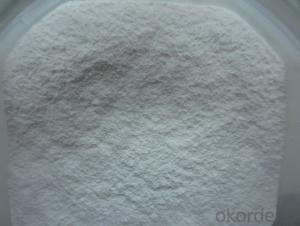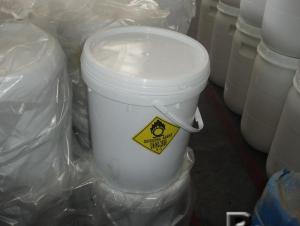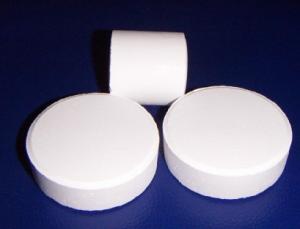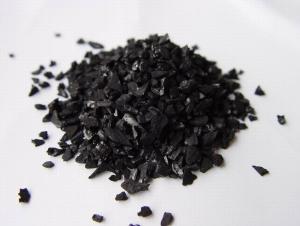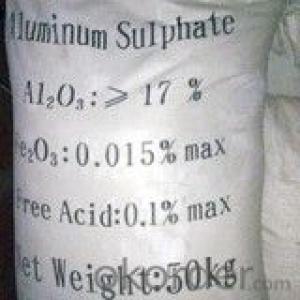activated carbon black
- Loading Port:
- Qingdao
- Payment Terms:
- TT OR LC
- Min Order Qty:
- -
- Supply Capability:
- 20000 m.t./month
OKorder Service Pledge
OKorder Financial Service
You Might Also Like
Specifications
activated carbon black
1.high quality carbon made by physical method
3.ISO9001:2008
activated carbon black ; active carbon supplier ; activated carbon importers
Specifications of activated carbon:
Methylene Blue(0.15%)ml/0.1g: | 6-17ml |
Lodine adsoption Value: | 650-1100mg/g |
PH value: | 7-11;2-6 |
Ash content: | 5%-8% |
Moisture: | 5%-8% |
Mesh size: | 200-325mesh |
Iron content: | 600ppm |
Acid soluble matter | 0.0001% |
Use 100% raw material of bamboo / wood based made high quality activated carbon, refused use any reborn charcoal material.
Functions:
1.use 100% raw material of bamboo / wood made high quality activated carbon, refused use any reborn charcoal material.
2. physical method producing process: crushing raw material=>carbonizing=>screening =>catalyst=>rinsing=>drying=> packing
3.large specific surface area, high adsorption quality.used for decoloration in glucose and sugar industry,
sorbic acid, amino acid, citric acid decoloration, food and beverage decoloration, waste water decoloration
and removing organic matter,medical,water treatment and air purification ,recovery of benzene, toluene, xylene,
ethanol, ethers, gasoline, chloroform, carbon tetrachloride, etc.
Carbon Black Applacation
Carbon Black is Mainly used for tungsten carbide as raw material carbonization , also can be used for carbonization , electronic , fine ceramics and raw materials for solar-grade silicon ,metallurgical reductant.
Carbon Black Packaging
20kg knitting bags top grade liner film, good properties of waterproof and avoid water, solarization.
- Q: What is the principle of catalyst reaction rate in chemical reactions?
- Can significantly change the reaction rate and its own chemical properties and quantity in the reaction before and after the basic material unchanged. The catalyst has a positive catalyst (i.e., accelerates the reaction rate) and a negative catalyst (i.e., reduces the reaction rate), and generally does not specifically refer to both the positive catalyst.
- Q: Always speeds the reation ratedoes not affect the reation rateundergoes a chemical changedoes not become part of the chemical changealways slows the reation rate
- Does not become part of the chemical change. I am guessing that this is a multiple guess test and the answer you are looking for is D.
- Q: what is the role of a catalyst in a chemical reaction?
- It increases the rate of reaction by lowering the requirement of energy needed to carry out the chemical reaction. Hope that helped.
- Q: Pls help me define a catalyst.?
- A substance which speeds up or slows down a reaction without taking part in it.
- Q: What is the maximum impact of the chemical reaction rate? Such as catalyst, temperature, concentration. If you can, you can row order.
- Temperature and concentration also depends on the specific circumstances of the situation
- Q: What is a catalyst?
- The catalyst itself reduces the energy barrier (Ea, activation energy) of the chemical reaction, making the reaction easier.
- Q: Chemical Glossary: Catalyst
- The catalyst is a substance that can change the rate of the reaction without changing the standard of the reaction Gibbs free, according to the definition of the International Pure and Applied Chemistry (IUPAC) in 1981, Enthalpy change. This effect is called catalysis. The reaction involving the catalyst is a catalytic reaction.
- Q: What is the definition and function of the catalyst in chemistry?
- The catalyst plays an important role in chemical production. For example: in the oil refining process, the use of high-performance catalyst into gasoline and no other; in the car exhaust treatment process, with the catalyst to promote harmful gas conversion ...
- Q: The future direction of employment how, in what kind of units to do what work, how the closure rate? The
- Generally in the chemical plant to do engineering design engineers, the past few years, science and engineering graduates generally do not worry about work.
- Q: Is the chemical reaction rate constant related to the amount of catalyst used?
- In fact, the catalyst is to participate in the reaction (junior high school textbooks do not respond is to allow students to understand), but the reaction to the final return to the original state.
Send your message to us
activated carbon black
- Loading Port:
- Qingdao
- Payment Terms:
- TT OR LC
- Min Order Qty:
- -
- Supply Capability:
- 20000 m.t./month
OKorder Service Pledge
OKorder Financial Service
Similar products
Hot products
Hot Searches
Related keywords
